Balcony Netting is a wide term; balcony screen, pigeon mesh, bird mesh and even balcony cloth are used sometimes to express the need. Regardless of what you call it different people have different concepts of what balcony netting should be.
When it comes to pigeons on balconies they need to be denied from having access to the balcony floor, railing and the floor ledge outside of the railing, otherwise they will not stop from coming back. This can only be achieved by blocking/excluding them physically. Such a barrier that stops pigeons from having access to your balcony should be:
- Lightweight.
- Flexible.
- Low profile.
- Neat looking.
- Affordable.
Solid or rigid materials cannot be used for balcony enclosures for the purposes of keeping pigeons away. For example welded wire mesh or the so called chicken wire are inappropriate, because they are very hard to work with, look awful and cannot be mounted to the building adequately. Patio or mosquito screens aren’t ideal either, because they require solid, wooden or steel frames and completely block your view. Both of these ideas are also very expensive due to labor time involved, not to mention aesthetics or the potential of lawsuits if some of these heavy and sharp materials fall from the balcony and cause injury to someone on the ground.
Now that we established that the best compromise for balcony netting is to use lightweight materials that are durable and relatively easy to install we can conclude that the best material available to fulfill this purpose is netting. Netting is available for different purposes, such as safety netting (used on construction sites to catch falling debris or falling workmen), sports netting (used in arenas to protect the spectators) or agricultural netting for fishing or protecting trees. Before bird netting was invented these were the only options. The reason why bird netting was invented is because these other types of nettings were not suited for the structural applications, requirements of professionals; architects and engineers. One cannot for example install a thick, hockey net on a beautiful building facade because it will look ridiculous and get the property manager fired. For the same reasons hockey net shouldn’t be used for fishing or to protect the fruits on the trees or fishing net used to catch falling workmen on construction sites.
Bird netting is not a joke, it is specifically made for applications where a lightweight, flexible, low profile, neat looking and affordable material is needed. This is precisely what bird netting is.
Naturally there are big cost differences in between these netting types. Safety and sports netting is obviously extremely strong, thick and knotted twine, therefore very expensive. Agricultural tree protection and fishing netting is less strong, non-knotted with smaller squares/holes so that they can be easily handled. Bird netting is stronger than agricultural netting, knotted but weaker than safety netting and their cost is more than agricultural netting but slightly less than safety netting. Also bird netting is a specialty product which comes at a premium.
Generally balcony netting costs anywhere between $180 and $350. The cost depends on the quality of the netting used for the job and the size and type of the balcony. So why would any company use materials that is not suited for the purpose? Because they can offer you a cheaper alternative, like using agricultural, tree netting for example. This type of netting is very lightweight and very thin and usually this is where you get tricked. It is also very weak and breaks easily. These types of nettings are made of polypropylene plastic and are molded. Polypropylene netting is rigid, it doesn’t stretch and is molded, not knotted. Bird netting (and safety/sports netting) is polyethylene (or kevlar), flexible and knotted for extra strength and longevity. Bird Netting is also UV treated, flame resistant, rot resistant, doesn’t absorb water and has a much higher breaking strength than inferior molded nettings.
Below is a comparison side by side of low quality, agricultural, 3/4″ molded netting and high quality, 2″ square, professional bird netting for bird exclusion purposes. These two installations were done at a long term client of us, where we are continually replacing the cheap, broken netting that the management wasted money on. You can clearly see on these photos how vulnerable the thin, molded netting is to abrasion and breakage.
Professional grade bird netting is extremely long lasting. There are netting jobs we did 17-years ago still intact. Our balcony netting comes with 6-years material and labour guarantee. If you want your balcony netting to last longer than a year, do yourself a favour and use quality materials – they look better and last longer.
As the saying goes: “If you think its expensive to hire a professional, wait until you hire an amateur.”

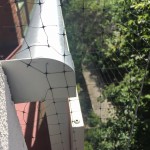
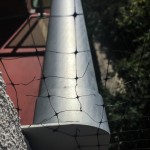
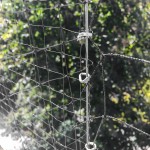
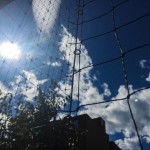
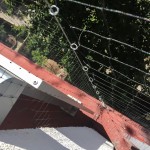
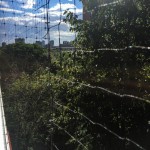
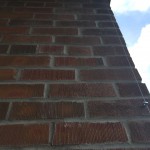

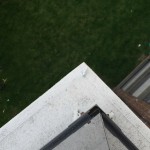
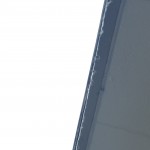
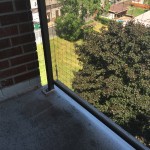
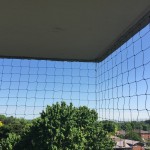
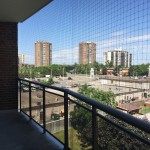
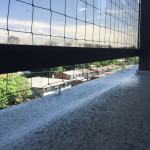

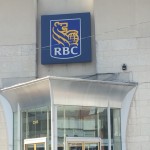
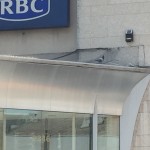
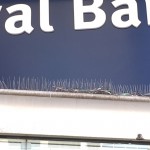
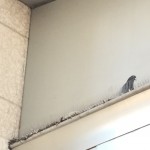
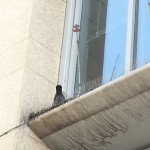
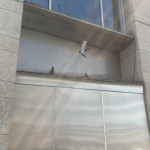
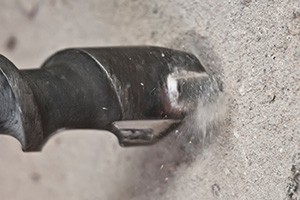 “The Building Management says we can’t drill to install balcony netting, because it damages the concrete and the structure of the building.” We hear this often from customers who are eventually left to cope with their balconies full of crap.
“The Building Management says we can’t drill to install balcony netting, because it damages the concrete and the structure of the building.” We hear this often from customers who are eventually left to cope with their balconies full of crap.